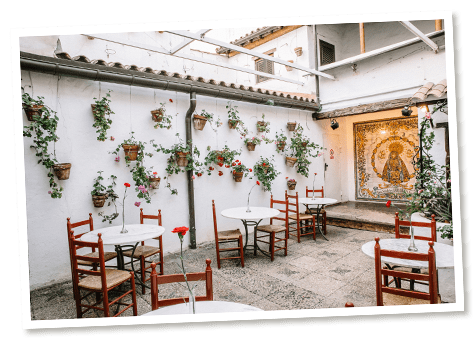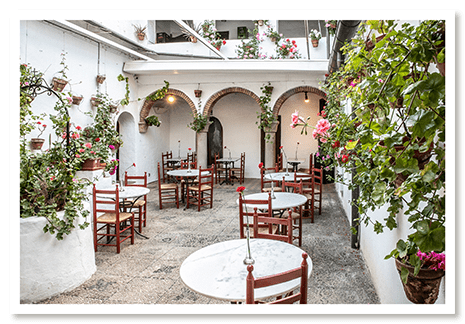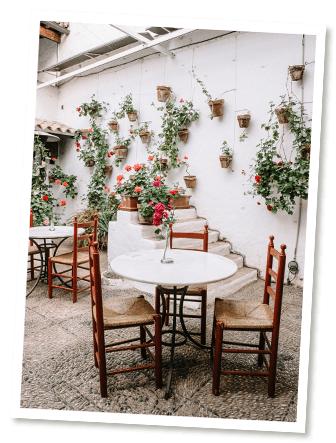
The best Flamenco live performance act in Barcelona
El Tablao de Carmen presents a traditional flamenco ensemble in an original atmosphere with proximity between the audience and the artists.
The structure of the show is developed through several dances, each one identified with a different flamenco palo.
Each palo expresses with its specific rhythm a feeling, an emotion that is staged through the sound of the guitar strings, the dancer's gestures, the heel tapping, the rhythm and the silence.
The Tablao de Carmen is a meeting point for artists who, without rehearsing or setting up choreographies, exchange their personality and give themselves to the purity of rhythm in the most natural and authentic way possible.
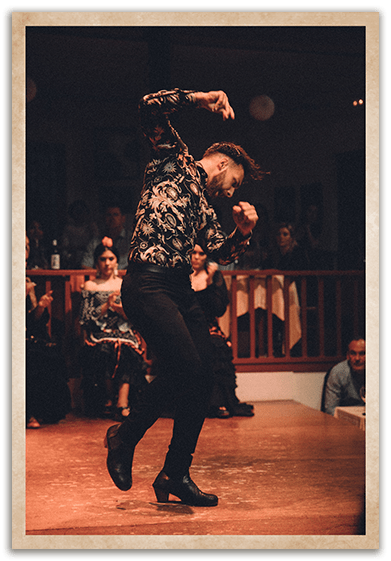
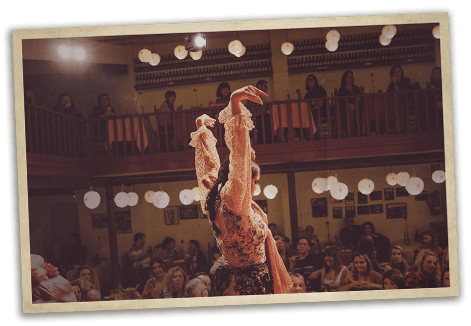
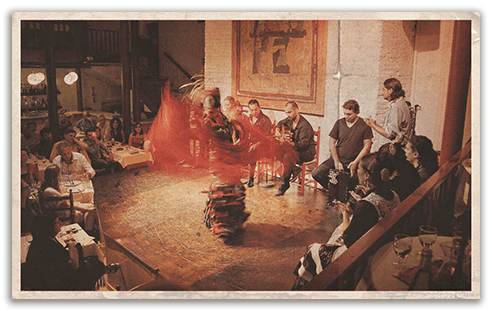
With more than 30 years of experience, the Tablao de Carmen has been recognized since its beginnings as the shrine of Flamenco in Barcelona. “Tablao”: Flamenco venue, is the generic word to describe a public place where one can see Flamenco. The essence of this type of venue is always the stage, in this case generally made of a set of wood planks (or “tablas”) which provides the right sound for the boots of the dancers.
An exceptional place
El Tablao de Carmen is located in one of the most charming streets of the Andalusian quarter of the historic area of Poble Espanyol.
Our Andalusian patio, formerly known as the Patio del Farolillo, was inaugurated by King Alfonso XIII with the flamenco group of Carmen Amaya’s family, on the occasion of the Universal Exposition of 1929.
The Poble Espanyol is an emblematic place in Barcelona and a cultural reference point for any visitor to the city.
The Tablao de Carmen was conceived and specially designed to worship flamenco dancing.
Its heart is the stage around which the life of the place develops.
The tables are distributed in stalls and two balconies offering a good view and proximity to the show.
The lights of the white lanterns, the red carnations and the yellow and red colors of the tablao invite you to enjoy an unparalleled flamenco atmosphere.
The space allows the audience and the artists to get close to each other, while having dinner, tapas or a drink while the show is in progress.
The place, the atmosphere and the flamenco make the audience travel in time and space.
CARMEN AMAYA
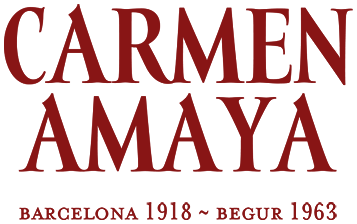
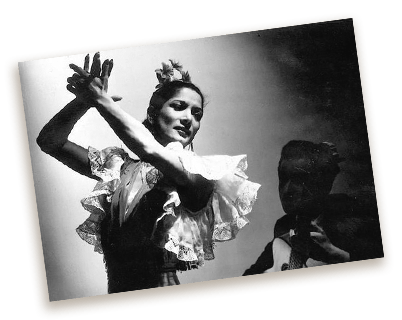
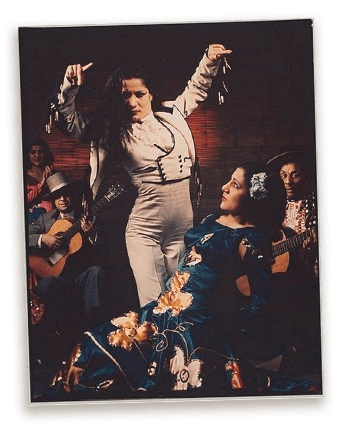
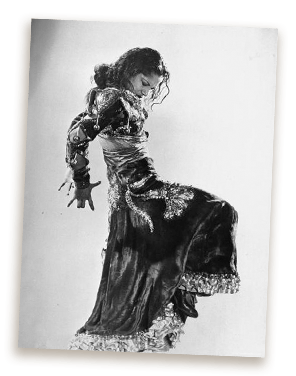
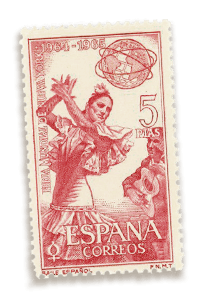
Carmen, for Carmen Amaya. The Tablao de Carmen was created as a tribute to the legendary gipsy dancer Carmen Amaya (Barcelona 1918 – Begur 1963), a close friend of the founder of the Tablao de Carmen.
In 1929 she only a child when she performed for the King of Spain, Alphonse XIII, at the World Exposition during the inauguration of the Spanish Village in the same premises where the Tablao stands today.
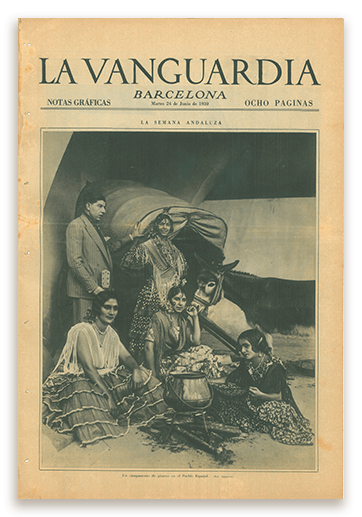
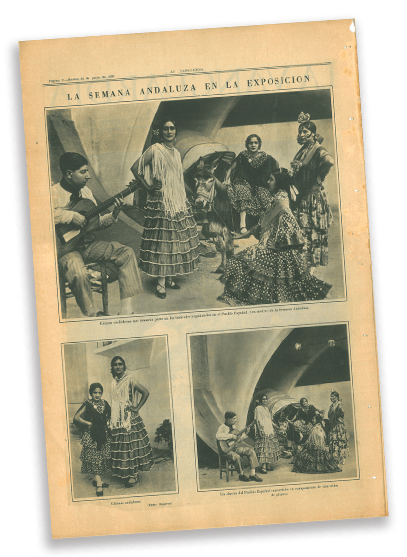
CARMEN AMAYA
At just 12 years of age she was already part of one of the most prestigious companies in Spain. Her rise to fame was meteoric and she soon became a Flamenco legend whose reputation has lasted until today. Always proud to be from Barcelona, Carmen was acclaimed in the major theatres throughout Europe, the United States and South America. She was admired by relevant personalities of the XXth century such as Charles Chaplin, Marlon Brando, Picasso, Fred Astaire, Jean Cocteau, Orson Welles, the USA president Franklin Roosevelt…
One of a kind
She learned to dance by herself. She would say: "the sea taught to me dance"
She was the first female dancer to wear pants, creating a lot of controversy.
In 1941 she cooked sardines in her Waldolf Astoria suite in New York. She burnt a $900 little table and used the mattress bed base as a grill. She was on tour since 1936 and returned to spain in 1947.
She suffered renal insufficiency but her way of dancing eliminated toxins, thus keeping her alive. She died at age 46.
The night she died, Antonio Gades went drunk and crying to all tablaos in Barcelona stopping all flamenco performances.
FOR SPECIAL MOMENTS

